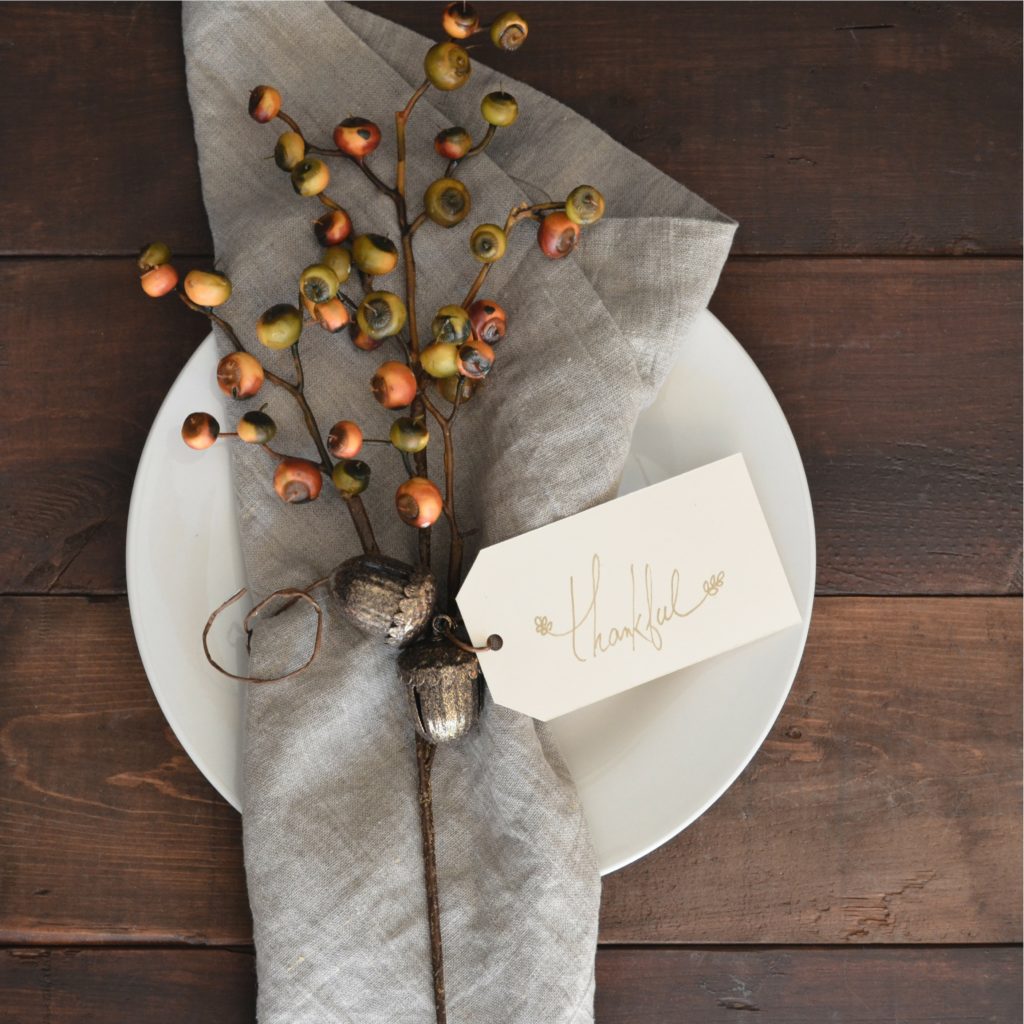All fields are required
Posted in Food Safety on November 20, 2019

Thanksgiving is a time that many people pull out their cooking skills or test them out for the first time as this eating holiday approaches. I remember fondly my first large family gathering after I moved away from home for the first time ever. My now husband and I invited my family and we also made plates of food for local law enforcement who could not be with their families and delivered them to the local Sheriff’s Office. There were certain recipes that I wanted to make but had no idea how so I picked up the phone and called my Grandma. I know I bugged the her nearly to death asking how to make sweet potato casserole and found myself in the years following calling her the night before Thanksgiving each year asking the same questions. I miss being able to call her now, but I have to admit I have nailed that casserole (finally). She would be proud that I regularly practice Thanksgiving Food Safety.
With all of this cooking comes some real risks and while doing some internet research I found that Thanksgiving can be a time that many people develop food poisoning. The CDC even says there are “Thanksgiving dangers” which include the obvious food poisoning but also illnesses from overeating as well.
US News shared the following: The CDC cautions about proper care of food to avoid food-borne illnesses. The agency estimates that food-borne diseases each year cause roughly 1 in 6 Americans, or 48 million people, to get sick each year, hospitalizing 128,000 and killing 3,000. It does not break down its calculation of food-borne illnesses by date, nor does it specify whether rates rise during Thanksgiving.
Bacterial contamination is high with any raw meat, says the American College of Emergency Physicians, and some food can make people sick if not heated properly or refrigerated afterward. This is why practicing Thanksgiving Food Safety is so important.
A turkey that is not cooked or stored properly, for example, can lead to the growth of salmonella, which can cause someone who is infected to have diarrhea, fever and stomach cramps for eight to 72 hours, according to the Mayo Clinic. Most healthy people can recover within a few days without specific treatment, though if a person becomes dehydrated then he or she could end up in the hospital.
By practicing Thanksgiving Food Safety!
FoodSafety.gov shared some great tips for food safety on one of my all time favorite holidays and while I pride myself in being really careful in the kitchen a little refresher course before the big day never hurt anyone.
Steps to follow when consuming leftover Thanksgiving food:
Clostridium perfringens are bacteria that grows in cooked foods left at room temperature. It is the second most common bacterial cause of food poisoning. The major symptoms are vomiting and abdominal cramps within 6 to 24 hours after eating.
Cooking stuffing in a casserole dish makes it easy to make sure it is thoroughly cooked. If you put stuffing in the turkey, do so just before cooking. Use a food thermometer to make sure the stuffing’s center reaches 165°F. Bacteria can survive in stuffing that has not reached 165°F and may then cause food poisoning. Wait for 20 minutes after removing the bird from the oven before removing the stuffing from the turkey’s cavity; this allows it to cook a little more.
This year no matter how you are preparing your bird (or any other meat) or what sides you are enjoying just remember to always practice food safety. Wash your hands a bunch and have plenty of cleaning products handy.
This time of year I find that I use the dishwasher more than ever because no one wants dishpan hands and I honestly feel that the heated settings allow the dishes especially those that have contained meats to get extra clean.
Make Food Safe wishes each of you a very Happy (and food poisoning free) Thanksgiving!
By: Samantha Cooper, Contributing Writer (Non-Lawyer)